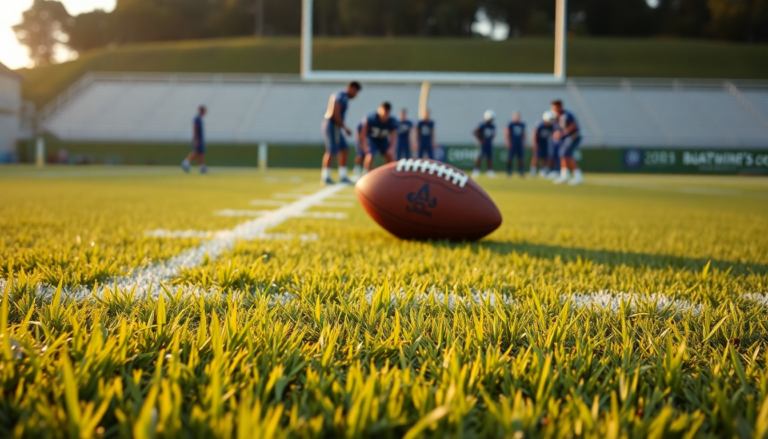Argomenti trattati
The excitement surrounding EA Sports College Football 26 is palpable, especially with its release date set for July 10. This installment promises not just thrilling gameplay but also a groundbreaking approach to how college teams will earn royalties. In a significant shift, Electronic Arts has established a new payment structure that ties financial compensation directly to how often teams are utilized in gameplay. This means that the more a squad is played, the more they stand to earn, making gameplay popularity a direct contributor to their financial success.
The new royalty structure unveiled
Documents obtained through Freedom of Information Act requests shed light on this fresh approach. According to these documents, every one of the 136 Football Bowl Subdivision (FBS) schools that chose to participate in the game will see their earnings tied to their popularity among players. This innovative system is a notable departure from previous arrangements, where royalties were divided into fixed tiers based on past on-field performance.
To put it simply, EA Sports will now calculate each institution’s share of the royalties based on the percentage of games played that feature their teams compared to the total number of games played across all institutions. This means that, starting this July, teams with breakout stars are likely to see increased NIL (Name, Image, Likeness) funds, as their frequent appearances in-game could lead to higher earnings.
How the previous system worked
Previously, the royalty distribution system categorized teams into four tiers based on their real-life performance over the last decade, specifically the final AP Poll results from 2014 to 2023. For instance, a team that finished in the AP’s Top 25 would earn a point, which would then impact their financial distribution. This system meant that wealthier programs automatically benefitted more due to their historical success, often leaving smaller institutions at a disadvantage.
As of March 2024, these fixed tiers resulted in a revenue distribution that ranged from nearly $100,000 for a Tier 1 school to less than $10,000 for a Tier 4 school. However, with the new payment model in place, there’s potential for all participating schools to receive various royalty returns, depending on their popularity in gameplay. This revamped approach should create a more equitable landscape for all teams, encouraging schools to engage fans and promote their players actively.
Player compensation also sees changes
In addition to the alterations in team royalties, player compensation is also on the rise. Last year, EA Sports College Football 25 compensated players who opted in with $600 and a free copy of the game. This year, however, the compensation model has evolved. EA Sports announced that a new partnership with Pathway Sports & Entertainment would enable player NIL management and increase the payments to individual athletes to $1,500.
This means some players could potentially earn $3,000 for their involvement in the game—$1,500 from EA and an additional $1,500 from Pathway. While this is a significant boost for the players, it’s important to note that they do not receive royalties based on the game’s sales, unlike the schools. However, the school royalties will still be calculated based on the game’s sales figures, adding an extra layer of potential earnings for institutions.
The road ahead for EA Sports College Football 26
As teams prepare for the upcoming release, they had until June 4 to approve the new royalty agreement. A press release on May 29 indicated that all schools opted to join this new era of college football gaming. The excitement is building as EA Sports detailed the game will feature more than 2,700 new plays, thousands of real college athletes, and authentic coaching styles from over 300 real-world coaches. The immersive experience aims to replicate the atmosphere of game day, making every play count.
While this new payment structure presents many opportunities, it also comes with uncertainties. The anticipation from fans and institutions alike is high, but as documents from CLC Learfield point out, predicting future sales and the impact of the new allocation method on schools’ incomes is challenging. The game’s return after a decade-long hiatus has sparked significant interest, but the landscape is continually evolving, necessitating adaptive strategies for both schools and players alike.

